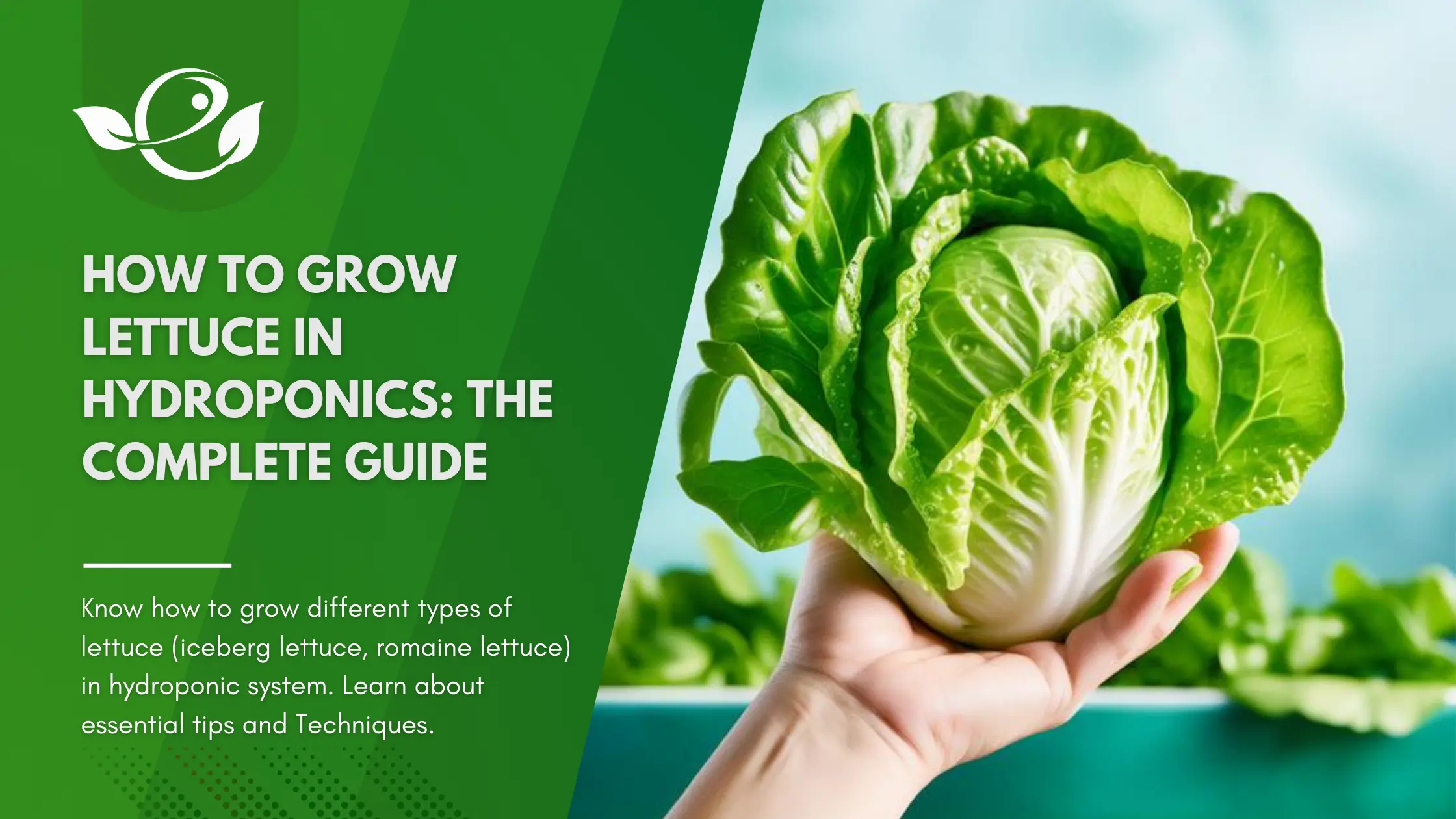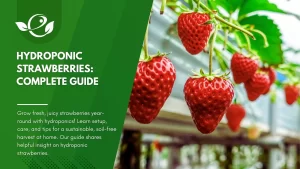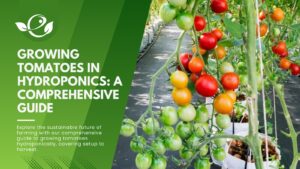Table of Contents
In the realm of modern agriculture, hydroponics emerges as a beacon of innovation, offering a sustainable and efficient method of cultivating crops without soil. Among the plethora of vegetables that thrive in this system, lettuce stands out for its versatility, rapid growth, and minimal space requirements. This guide embarks on a comprehensive journey through the intricacies of growing lettuce via hydroponic farming, equipping you with the knowledge to enhance your harvest through expert tips and techniques.
The allure of hydroponics lies in its promise of year-round production, reduced water usage, and the elimination of traditional gardening challenges. As someone deeply entrenched in the hydroponic community, I’ve witnessed firsthand the transformative power of this cultivation method. Lettuce, with its diverse varieties and straightforward care requirements, serves as an ideal candidate for hydroponic beginners and seasoned growers alike. This guide aims to demystify the process of growing lettuce in hydroponics, from selecting the right variety to troubleshooting common issues, ensuring your venture into hydroponic gardening is both fruitful and enjoyable.
Why Grow Lettuce in Hydroponics?
The question isn’t why you should grow this crop in hydroponics, but rather, why not? This crop thrives in hydroponic systems, exhibiting faster growth rates and higher yields compared to traditional soil cultivation. The controlled environment minimizes the risks of pests and diseases, while the efficient nutrient delivery system ensures your crop receives exactly what it needs for optimal growth. Moreover, hydroponics allows for the conservation of water, a resource increasingly precious in our changing climate. These advantages make hydroponic lettuce cultivation not only a hobbyist’s endeavour but a crucial step towards sustainable agricultural practices.
Popular lettuce varieties
So, you’re ready to dive into hydroponic crop cultivation and wondering which varieties to Grow? Well, lettuce tell you, there are plenty of options out there! Here are some popular varieties that thrive in hydroponic systems: It come in a variety of shapes, sizes, and textures, each with its own unique taste and nutritional profile.
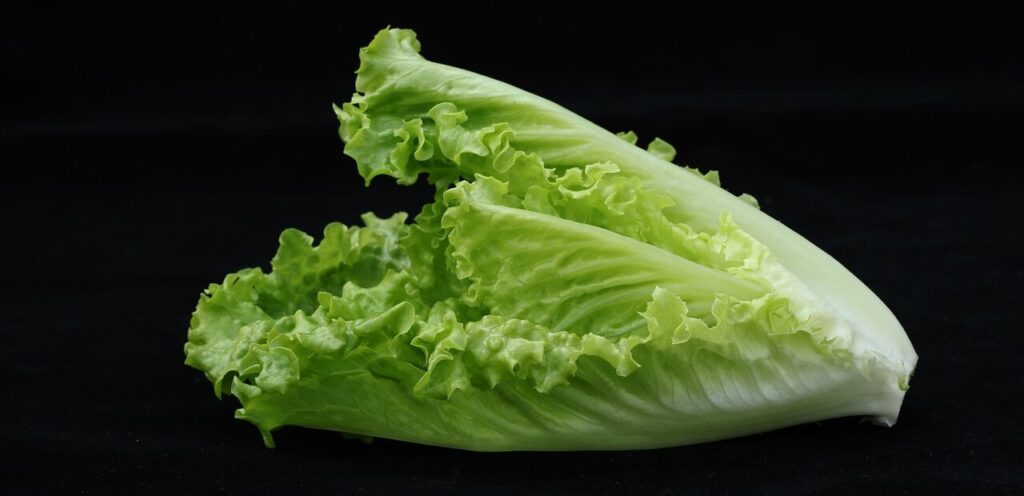
Romaine lettuce: known for its long, dark green leaves and crisp texture, is a favourite for its richness in vitamins A and K. It’s perfect for the classic Caesar salad or for adding a crunchy texture to sandwiches.
Iceberg lettuce: with its spherical shape and pale green leaves, offers a milder taste and a crunchy texture, making it a popular choice for salads, wraps, and as a garnish.
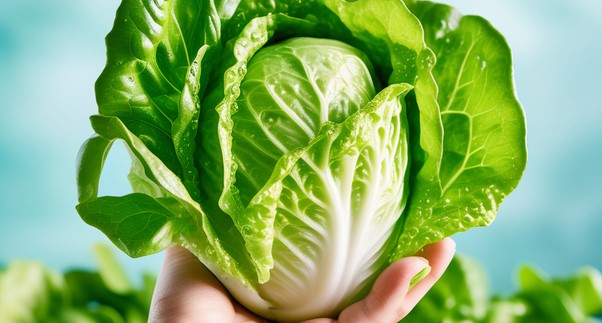
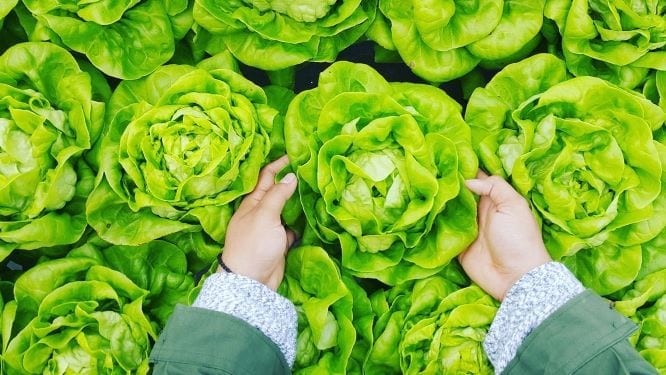
Butter lettuce: Butter or Boston/Bibb lettuce, features soft, tender leaves with a sweet flavour. Its cup-shaped leaves are ideal for use in cups or wraps, providing a delicate, melt-in-your-mouth texture that pairs wonderfully with a variety of ingredients.
Each type has its own growing requirements and benefits, making the choice of which to grow an important first step in the hydroponic journey.
Choosing the Right Lettuce Variety for Hydroponics
Selecting the appropriate lettuce variety for hydroponics involves considering several factors, including growth rate, temperature tolerance, and resistance to pests and diseases. Varieties such as ‘Black Seeded Simpson’, ‘Oak Leaf’, and ‘Lollo Rossa’ are celebrated for their adaptability to hydroponic conditions. When choosing a variety, it’s essential to align your selection with your system’s capabilities and your desired harvest outcomes. Experimentation might be necessary to discover which varieties flourish in your unique hydroponic environment.
How to plant lettuce: Planting Technique for Hydroponic Lettuce
Planting lettuce in a hydroponic system involves several key steps to ensure successful germination and healthy growth. Here’s a detailed guide on the planting technique:
1. Seed Selection
Choose high-quality seeds from a reputable supplier. Opt for varieties that are well-suited for hydroponic cultivation, such as ‘Buttercrunch,’ ‘Romaine,’ or ‘Black Seeded Simpson.’
2. Germination
Germination is the process of sprouting seeds before transferring them to the hydroponic system. Here’s how to do it:
A. Materials Needed:
- Lettuce seeds
- Seedling trays or starter plugs
- Germination medium (rockwool cubes, peat pellets, or coconut coir)
- Water
- Humidity dome (optional)
B. Steps:
- Prepare the Germination Medium: Soak the rock wool cubes, peat pellets, or coconut coir in pH-adjusted water (pH 5.5-6.0) for a few hours.
- Plant the Seeds: Place 1-2 lettuce seeds into each germination medium. If using rockwool cubes, make a small hole in the top and insert the seeds.
- Watering: Lightly mist the seeds with water to keep the medium moist but not waterlogged.
- Cover and Maintain Humidity: Cover the seedling tray with a humidity dome or plastic wrap to maintain high humidity levels, which aids in germination.
- Place in a Warm Area: Keep the tray in a warm, well-lit area. Maintain a temperature between 65-75°F (18-24°C). Seeds should germinate within 3-10 days.
Supporting Image: Diagram showing the germination process with seedling trays and humidity domes.
3. Transplanting to the Hydroponic System
Once the seedlings have developed 2-3 true leaves, they are ready to be transplanted into the hydroponic system.
A. Steps:
- Prepare the Hydroponic System: Establishing a hydroponic system for lettuce cultivation begins with choosing the right system type. For beginners, the Deep Water Culture (DWC) or the Nutrient Film Technique (NFT) systems are often recommended due to their simplicity and effectiveness for growing lettuce. Both systems allow plant roots to have constant access to nutrient-rich water, promoting rapid growth. Essential components include a reservoir for the nutrient solution, a submersible pump for water circulation, air stones or pumps for oxygenation, and grow lights if natural sunlight is insufficient. Attention to detail in setting up your system—ensuring clean, pH-balanced water, proper light exposure, and adequate spacing for plants—lays the foundation for a successful hydroponic lettuce garden.
- Transfer Seedlings: Carefully remove the seedlings from the germination medium, being gentle with the roots. If using rockwool cubes, transfer the entire cube.
- Place in the System: Insert the seedlings into the net pots or growing cups of your hydroponic system. Ensure the roots are well-supported and in contact with the nutrient solution.
- Support Plants: If needed, provide additional support for the seedlings to keep them upright.
4. Initial Care and Monitoring
After transplanting, monitor the seedlings closely to ensure they adapt well to the new environment.
- Light: Provide 12-16 hours of light daily using grow lights if indoors.
- Nutrient Solution: Check and maintain nutrient levels and pH regularly.
- Temperature: Keep the temperature between 60-70°F (15-21°C) during the day and 55-65°F (13-18°C) at night.
- Humidity: Maintain moderate humidity levels to prevent fungal issues but avoid overly humid conditions.
By following these steps, you can successfully plant lettuce in your hydroponic system, setting the stage for healthy growth and bountiful harvests.
Essential Nutrients and pH Levels for lettuce in Hydroponics
It thrives in a nutrient solution rich in nitrogen, potassium, and phosphorus, along with essential micronutrients like calcium, magnesium, and sulfur. The ideal pH level for hydroponic lettuce ranges from 5.5 to 6.5, fostering optimal nutrient uptake. Regular monitoring and adjusting of the pH and nutrient levels in your system are crucial for maintaining a healthy growing environment. Nutrient imbalances or incorrect pH levels can lead to poor plant growth, nutrient deficiencies, or diseases. A balanced, water-soluble hydroponic nutrient solution, specifically formulated for leafy greens, will ensure your crop receives all the necessary nutrients for vigorous growth.
Optimal lighting and temperature requirements for lettuce
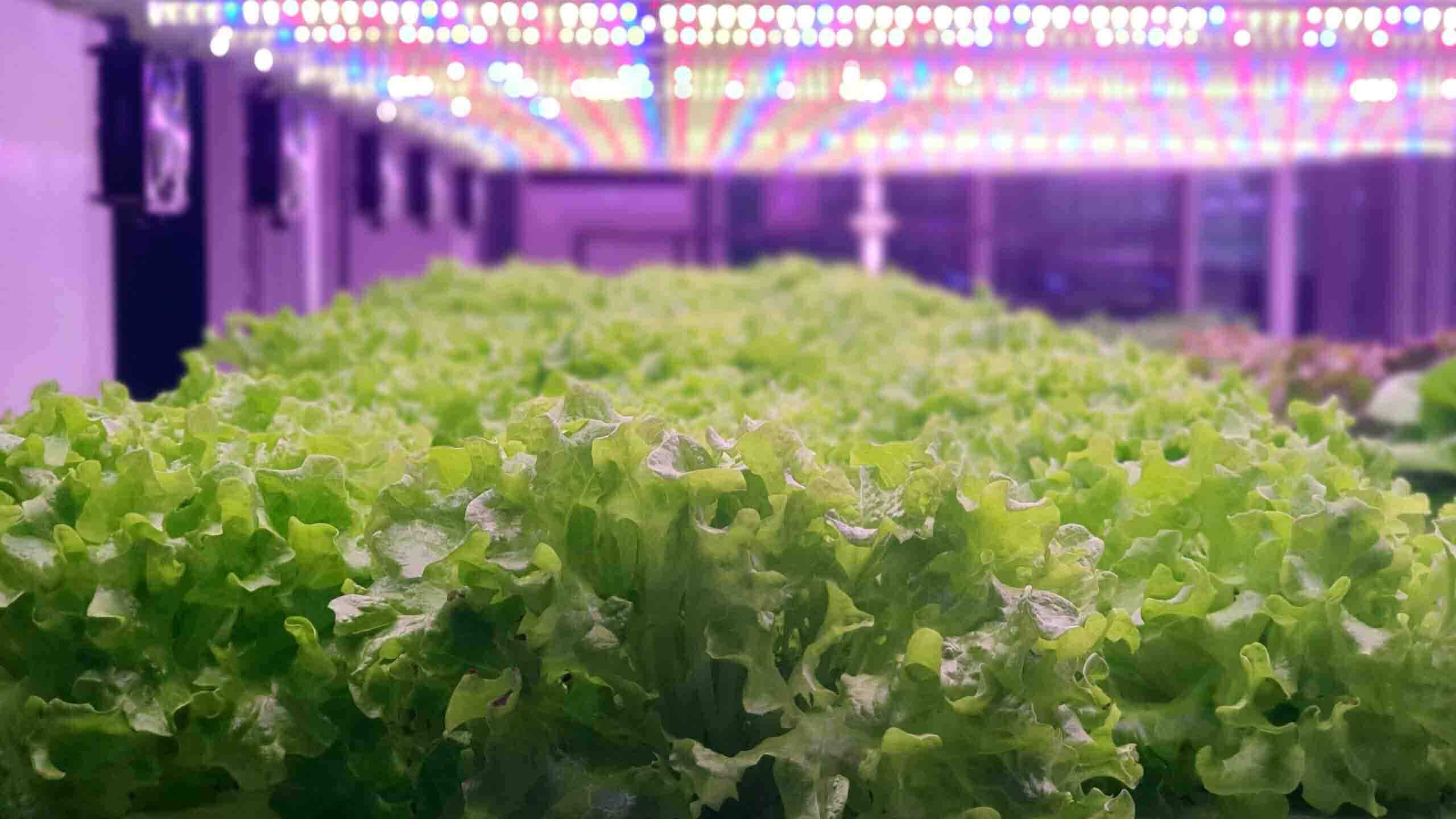
It being a cool-season crop, prefer temperatures between 60°F to 70°F (15°C to 21°C) for optimal growth. Excessive heat can lead to bolting, where the plant begins to flower and seed prematurely, leading to bitter-tasting leaves. Adequate lighting is also crucial for healthy growth, with most varieties requiring at least 10 to 12 hours of light per day. Artificial grow lights can supplement natural sunlight, offering the full spectrum of light needed for photosynthesis and growth. The intensity and duration of light exposure can be adjusted based on the plant’s stage of growth, ensuring that your lettuce has the energy it needs to develop fully.
Nutrient solutions and feeding schedules
The nutrient solution is the lifeblood of hydroponic gardening, delivering all the essential minerals and elements directly to the plant’s roots. For lettuce, a complete hydroponic nutrient solution should be used, which can be purchased pre-mixed or prepared from individual salts. The feeding schedule varies depending on the system and the growth stage of the lettuce, but generally, the nutrient solution should be changed every 1 to 2 weeks to prevent nutrient imbalances and to refresh the supply of essential nutrients. Regular testing of the nutrient solution’s EC (electrical conductivity) and pH levels is important to ensure the plants are receiving the optimal conditions for growth.
Common Pests & Diseases in Lettuce and How to Control them?
Despite the controlled environment of hydroponics, pests and diseases can still pose a threat to growing lettuce. Common issues include aphids, root rot, and powdery mildew. Preventative measures such as maintaining clean growing conditions, ensuring proper air circulation, and monitoring plant health can significantly reduce the risk of infestations and infections. Biological controls/ Integrated Pest Management (IPM) strategies, such as introducing beneficial insects, or using organic pesticides and fungicides can be effective ways to manage pests and diseases without compromising the safety and quality of your lettuce.
Harvesting and Storing Lettuce Grown in Hydroponics
The moment of harvest is a rewarding culmination of your efforts in growing hydroponic lettuce. This is typically ready for harvest 4 to 6 weeks after planting, depending on the variety and growth conditions. Harvesting in the morning, when leaves are most turgid, results in the crispest produce. It can be harvested leaf by leaf or by cutting the entire plant at the base. Proper storage involves rinsing the leaves gently, patting them dry, and storing them in airtight containers in the refrigerator to maintain freshness. This process maximizes the shelf life of your hydroponic lettuce, ensuring you enjoy the fruits of your labour for as long as possible.
Expert Tips and Techniques for Maximizing Lettuce Yield
Maximizing your yield in hydroponics involves more than just following basic guidelines.
- Choose the Right Varieties: Not all lettuce is created equal! Opt for varieties that are known for high yields, such as loose-leaf or cut-and-come-again types.
- Timing is Everything: This crop prefers cool weather, so aim to plant in early spring or late summer for the best results. Plus, consider succession planting to ensure a continuous harvest.
- Location, Location, Location: This crop loves sunshine but thrives in partial shade, especially during the hottest part of the day. Choose a spot with well-draining soil and ample sunlight.
- pruning and plant training: Implementing advanced techniques like pruning and plant training can lead to significant improvements in productivity.
- Keep it Moist, But Not Soggy: This crop likes consistent moisture, but soggy soil can lead to rot. Water regularly and mulch to retain moisture and keep weeds at bay.
- Feed Me, Seymour!: Give your crop a boost with a balanced fertilizer, especially if you’re planting in nutrient-poor soil.
- Watch Out for Pests: Keep an eye out for pesky pests like aphids and slugs. Use row covers or natural predators to keep them at bay.
- Harvest Often: Don’t be shy about harvesting your crops! Regular harvesting encourages new growth and prevents bitterness.
- Hydroponic community: Engaging with the hydroponic community, whether through forums, local clubs, or social media, can also provide valuable insights and inspiration to enhance your hydroponic garden.
Troubleshooting Common Issues in Hydroponic Lettuce Cultivation
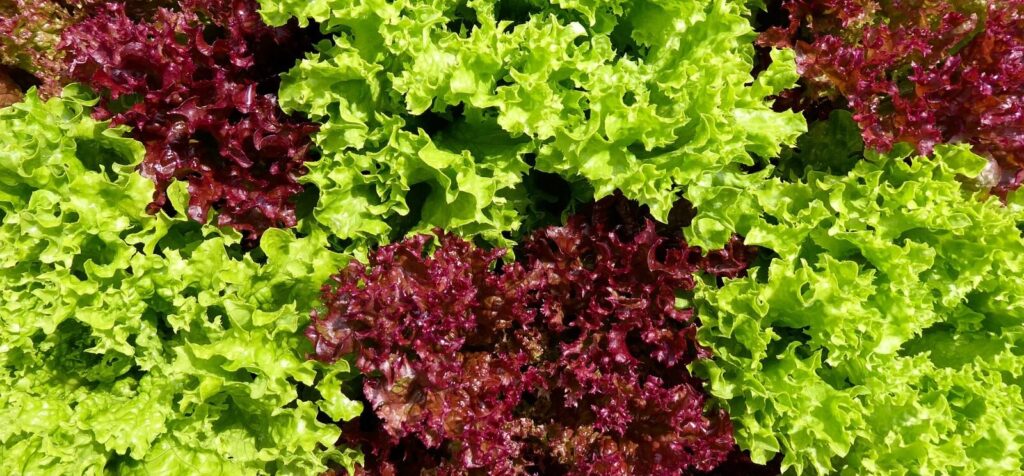
- Yellowing Leaves: If your leaves are turning yellow, it could be a sign of nutrient deficiency. Check your nutrient levels and make sure they’re within the appropriate range.
- Wilting or Drooping Leaves: Wilting can be caused by underwatering, overwatering, or poor root aeration. Make sure your nutrient solution is well-aerated and that your crop is getting the right amount of water.
- Algae Growth: Algae love moisture and light, so if you’re seeing green slime in your hydroponic system, it’s time to make some adjustments. Reduce the amount of light reaching your nutrient solution and consider adding an algaecide to keep it under control.
- Root Rot: Brown, mushy roots are a sure sign of root rot, usually caused by overwatering or poor oxygenation. Make sure your hydroponic system is properly oxygenated, and consider adding beneficial bacteria to help combat the problem.
- Pests: Just because you’re growing indoors doesn’t mean you’re safe from pests! Keep an eye out for aphids, whiteflies, and other common pests, and treat them with insecticidal soap or another appropriate treatment.
- pH Imbalance: Lettuce prefers a slightly acidic pH, ideally between 5.5 and 6.5. Check your pH regularly and adjust as needed to keep your crop happy and healthy.
- Temperature Fluctuations: Lettuce likes it cool, so if your hydroponic system is getting too hot, your plants may suffer. Consider adding a chiller or moving your system to a cooler location to keep temperatures in check.
With these troubleshooting tips in your back pocket, you’ll be well-equipped to tackle any issues that come your way and get back to enjoying crisp, delicious crops in no time. Happy growing!
Conclusion
The art of growing crops hydroponically presents an exciting opportunity to cultivate fresh, nutritious greens in an efficient and sustainable manner. The journey of growing lettuce in hydroponics is one of discovery, innovation, and fulfilment. By embracing the techniques and insights shared in this guide, you are well-equipped to embark on your own hydroponic gardening adventure.
Remember, the key to success lies in patience, observation, and a willingness to learn and adapt. With dedication and care, your hydroponic system will flourish, yielding fresh, nutritious crops that enhance your meals and bring a sense of achievement that only comes from growing your own food. Whether you’re a seasoned hydroponic gardener or a newcomer to this innovative farming method, the rewards of hydroponic crop cultivation are within reach. Happy Farming, Happy growing!
FAQ
1. How often should I change the nutrient solution in my hydroponic system?
The frequency can vary based on the system and plant size, but a general rule is to change the solution every 2 to 3 weeks to ensure optimal nutrient availability and prevent the buildup of salts.
2. Can I grow lettuce hydroponically outdoors?
Yes, it can be grown hydroponically outdoors, provided it is protected from extreme weather conditions and pests. Adequate lighting and temperature control remain crucial for success.
3. What is the ideal pH range for most types of crops?
The ideal pH ranges from 5.5 to 6.5 for most types of crops.
